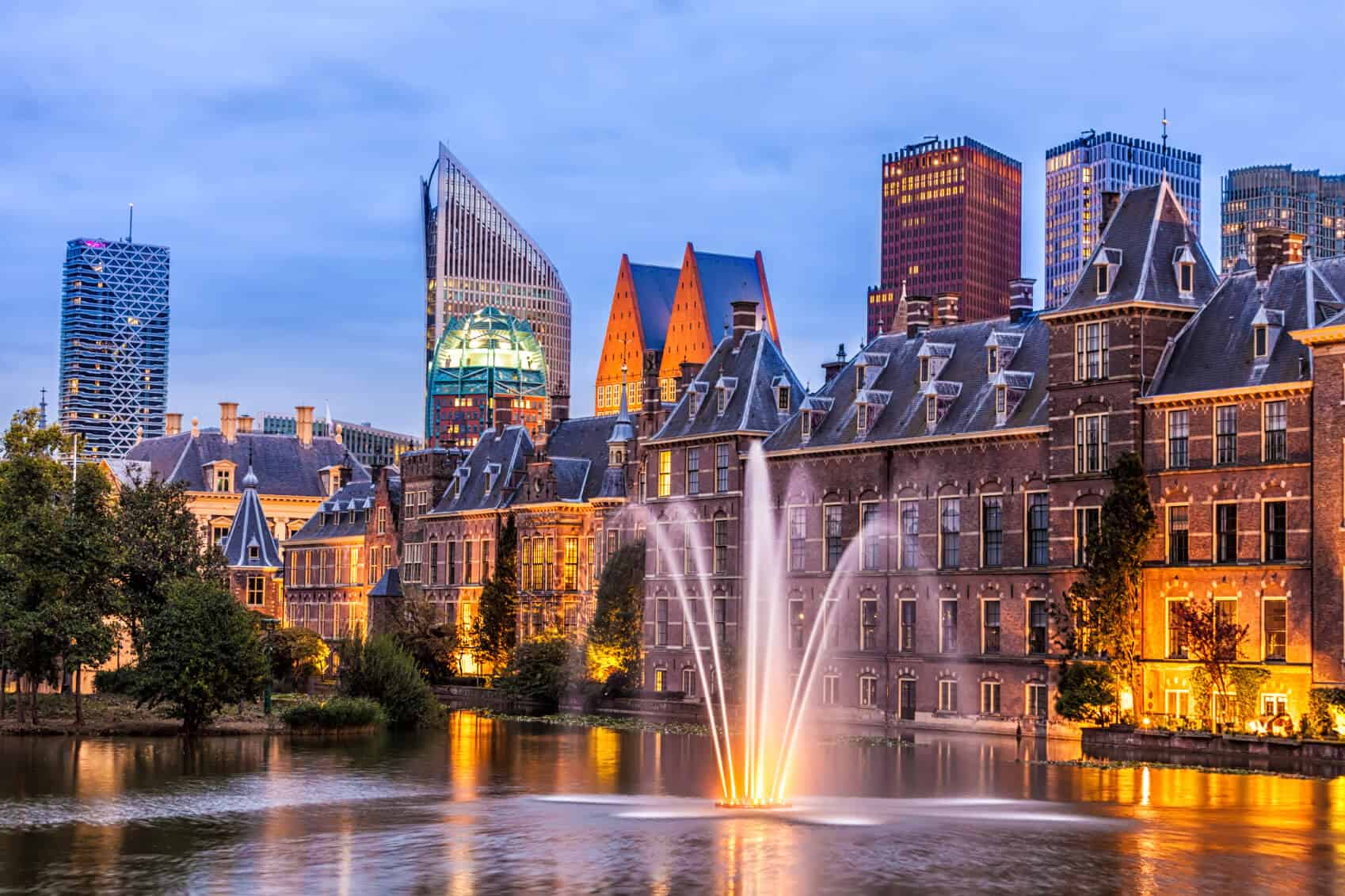The Unseen Elegance of The Hague's Streets
Walking through The Hague, one might easily overlook the subtle elegance of its Art Nouveau architecture. Unlike the flamboyant facades of Paris or Brussels, The Hague's Art Nouveau buildings often blend into the urban landscape, their beauty revealed only to those who look closely. These structures, dating from the late 19th to early 20th century, showcase intricate details like wrought iron balconies, stained glass windows, and organic motifs.
Notable Architects and Their Contributions

Johan Mutters Jr.

Johan Mutters Jr. was a pivotal figure in bringing Art Nouveau to The Hague. His designs often featured asymmetrical facades and elaborate decorative elements. One of his notable works is the former "Maison de Bonneterie" on Gravenstraat, which now houses a modern retail space. The building's facade is adorned with floral patterns and elegant ironwork, typical of Mutters' style.

H.P. Berlage
Though more renowned for his work in Amsterdam, H.P. Berlage left a significant mark on The Hague with the Beurs van Berlage. His approach combined Art Nouveau with elements of the Amsterdam School, characterized by geometric forms and brickwork. The Beurs van Berlage, originally a stock exchange, now serves as a cultural venue, retaining its original architectural charm.
Hidden Gems in Plain Sight
The Jugendstil Influence
The Jugendstil movement, a German counterpart to Art Nouveau, also influenced The Hague's architecture. Buildings like the "De Volharding" on Grote Marktstraat exhibit this style with their use of glass and steel, creating a modernist look that was ahead of its time. The building's facade, with its rhythmic patterns and vertical lines, stands as a testament to the innovative spirit of the era.
Villa Henny
Located in the Benoordenhout district, Villa Henny is a lesser-known masterpiece by architect Robert van 't Hoff. This residence, completed in 1915, is one of the earliest examples of concrete construction in residential buildings. Its minimalist design and open-plan layout were revolutionary, influencing modernist architecture in the decades that followed.
Preserving The Hague's Architectural Heritage
Efforts to preserve these architectural treasures are ongoing. The Hague's city council has implemented measures to protect buildings of historical significance, ensuring that renovations respect the original designs. This commitment to preservation allows residents and visitors alike to appreciate the city's architectural heritage, even as it evolves.
Conclusion
The Hague's Art Nouveau buildings may not be as immediately recognizable as those in other European cities, but they offer a unique glimpse into the city's architectural evolution. By exploring these hidden gems, one can appreciate the subtle beauty and historical significance that these structures bring to the urban landscape.










